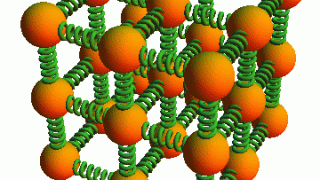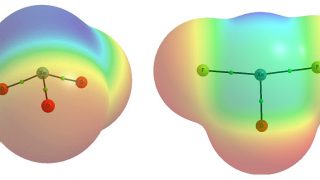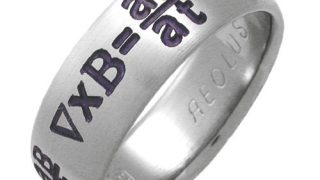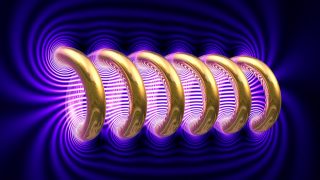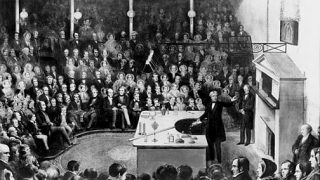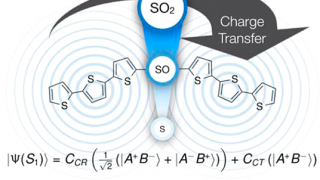
Why do some materials conduct electricity and others don’t? (1): The classical free-electron model
Electrical energy is now the dominant form of energy consumption in industrialized countries and is an essential element in the operation of many of the devices we use every day. For decades, one of the most poorly understood yet most practical properties of a piece of solid matter was its ability, or lack of ability […]
